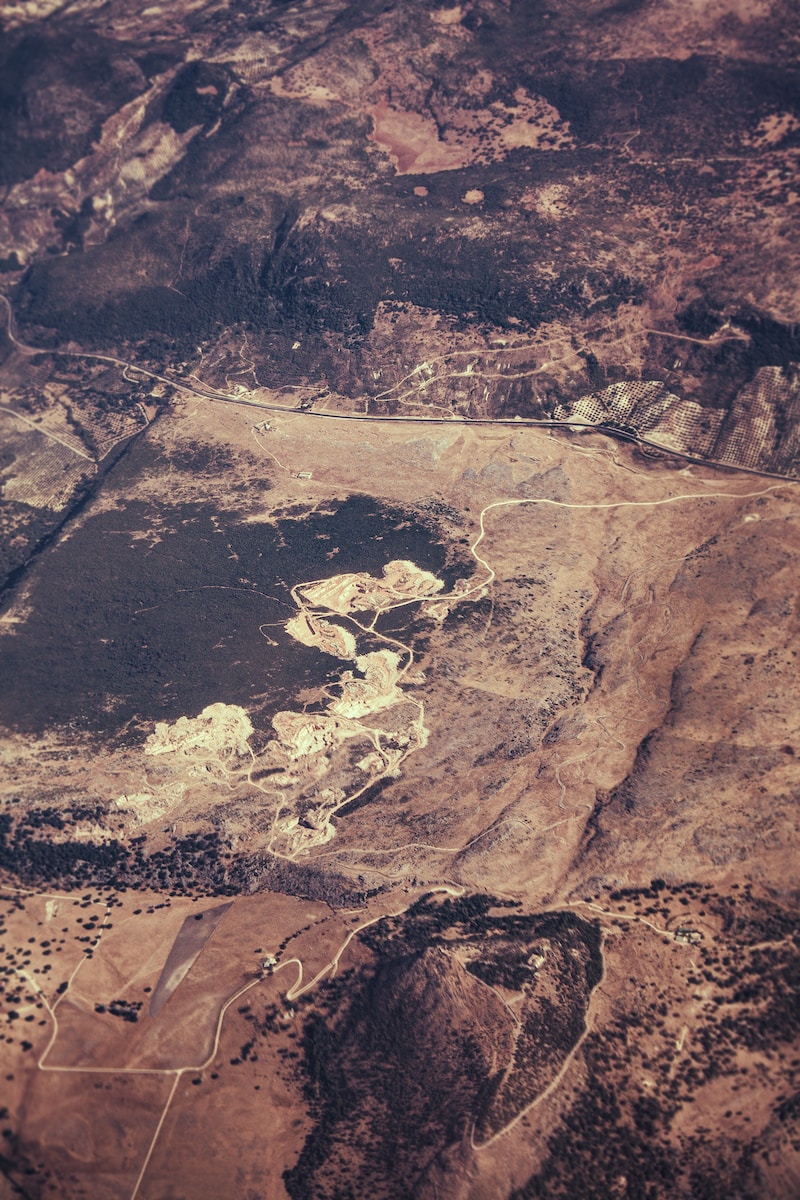In the 1980s and 1990s, Israel conducted covert operations to rescue thousands of Ethiopian Jews who were facing persecution and hardship. These operations were known by different names, including Operation Moses, Operation Solomon, and Operation Noah’s Ark. The significance of these operations lies in their role in ensuring the safe arrival of Ethiopian Jews in Israel, often regarded as miraculous acts of divine intervention.
During this period, Ethiopia was facing political instability and economic turmoil, which resulted in the oppression and discrimination of Ethiopian Jews. Many of them were forced to flee their homes and seek refuge in neighboring countries, particularly Sudan. The covert operations conducted by Israel aimed to rescue these Ethiopian Jews and bring them to their ancestral homeland.
Operation Moses
Operation Moses was a covert evacuation mission that took place in 1984 during a civil war and famine in Ethiopia. It involved the collaboration between the Israel Defense Forces, the CIA, mercenaries, and Sudanese state security forces. The operation aimed to rescue approximately 8,000 Ethiopian Jews who had fled to refugee camps in Sudan, where they faced violence and illness. Over a period of seven weeks, the evacuation process brought these Jews to Israel. However, Operation Moses came to a premature end when it was revealed in the media and faced pressure from Arab countries.
One example of the challenges faced during Operation Moses was the harsh conditions in the refugee camps in Sudan. Ethiopian Jews had to endure overcrowded and unsanitary living conditions, with limited access to food, water, and healthcare. Many of them suffered from malnutrition and diseases, further adding to their hardships.
Operation Solomon
Operation Solomon, conducted in 1991, was a covert Israeli military operation to airlift Ethiopian Jews to Israel [1].The operation involved non-stop flights of 35 Israeli aircraft, which transported 14,325 Ethiopian Jews within a span of 36 hours. One El Al 747 aircraft even set a world record by carrying at least 1,088 people, marking the most passengers on a single aircraft. Additionally, eight children were born during the airlift process. Operation Solomon was widely perceived as a miraculous and divine intervention due to the scale and speed of the operation.
One example of the logistical challenges faced during Operation Solomon was the coordination required to ensure the safety and well-being of the Ethiopian Jews during the airlift. The operation required meticulous planning and execution to ensure that each aircraft was properly loaded with passengers, supplies, and medical support. The successful completion of Operation Solomon within such a short timeframe was a testament to the dedication and commitment of all those involved.
Operation Noah’s Ark
Operation Noah’s Ark refers to the broader efforts of rescue operations for Ethiopian Jews, encompassing both Operation Moses and Operation Solomon. These operations were instrumental in bringing Ethiopian Jews to Israel and ensuring their safe arrival.
While Operation Moses and Operation Solomon were the most well-known and significant operations, there were also other smaller-scale operations that contributed to the rescue efforts. These operations, collectively referred to as Operation Noah’s Ark, highlight the comprehensive and determined approach taken by Israel to rescue Ethiopian Jews and bring them to their homeland.
Challenges Faced during the Rescue Missions
The covert operations to rescue Ethiopian Jews were not without challenges. These missions were conducted in dangerous and logistically challenging circumstances. The operation teams had to navigate through hostile territories, often facing the risk of interception by hostile forces. The safety of the Ethiopian Jews was of utmost concern, and every effort was made to ensure their protection during the rescue missions.
Another challenge faced during the rescue missions was the risk of infection and worsening political instability in Ethiopia. The Ethiopian Jews were at risk of contracting diseases due to the unsanitary conditions in the refugee camps and the lack of access to proper healthcare. The political situation in Ethiopia also posed a threat to their safety, as the country was facing internal conflicts and instability.
Despite these difficulties, the operations persevered to bring the Ethiopian Jews to safety. The dedication and determination of the rescue teams, along with the support from various organizations and governments, played a crucial role in the success of these missions.
Impact of the Covert Operations
The covert operations conducted by Israel had a profound impact on the safe arrival of Ethiopian Jews in Israel. By successfully executing these operations, Israel ensured the rescue and relocation of thousands of Ethiopian Jews, providing them with a new home and opportunities. The operations not only saved lives but also helped to preserve the rich cultural heritage of the Ethiopian Jewish community.
However, after the airlift, Ethiopian Jews faced socioeconomic challenges, including high unemployment rates. The sudden transition from a rural and traditional lifestyle to an urban and modern society presented significant challenges for many Ethiopian Jews. Efforts have since been made to support their integration into Israeli society, including providing education and vocational training programs to enhance their employment prospects.
The impact of the covert operations goes beyond the immediate rescue and relocation of Ethiopian Jews. These operations showcased the commitment of Israel and the international community to upholding human rights and providing assistance to those in need. They serve as a reminder of the importance of compassion, solidarity, and the belief in the fundamental value of every human life.
Role of the United States in the Rescue
The United States government played a significant role in supporting the rescue of Ethiopian Jews. The collaboration between Israel and the United States led to the development of secret operations, including Operation Moses and Operation Sheba. The US government took risks to facilitate these humanitarian missions, and their involvement saved hundreds of Jewish lives. The actions of the Reagan Administration in rescuing Ethiopian Jews stood in contrast to the failure of President Roosevelt to save Jewish lives during the Holocaust.
The United States provided crucial support to Israel during the planning and execution of the covert operations. This support included logistical assistance, intelligence sharing, and diplomatic efforts to ensure the success of the rescue missions. The involvement of the United States government demonstrated its commitment to humanitarian causes and its willingness to take action to save lives.
The collaboration between Israel and the United States in rescuing Ethiopian Jews serves as a powerful example of international cooperation and solidarity. It highlights the importance of countries working together to address humanitarian crises and protect the rights and well-being of vulnerable populations.
Conclusion
The covert operations to rescue Ethiopian Jews in the 1980s and 1990s were remarkable endeavors that brought thousands of individuals to safety. Operation Moses and Operation Solomon, along with other related missions, were instrumental in ensuring the safe arrival of Ethiopian Jews in Israel. These operations faced numerous challenges but were ultimately successful in their lifesaving missions. Today, the Ethiopian Jewish community in Israel continues to thrive, despite the socioeconomic challenges they have encountered. The rescue operations serve as a testament to the resilience and determination of the Ethiopian Jews, as well as the commitment of Israel and the international community to protect and support those in need.
#EthiopianJews #Israel #AirliftOperations #DivineIntervention #Miracles #Persecution #RescueMissions #Immigration #1980s #1990s #Homeland #CovertOperations #HumanitarianEfforts #Exodus #JewishCommunity #Perseverance



